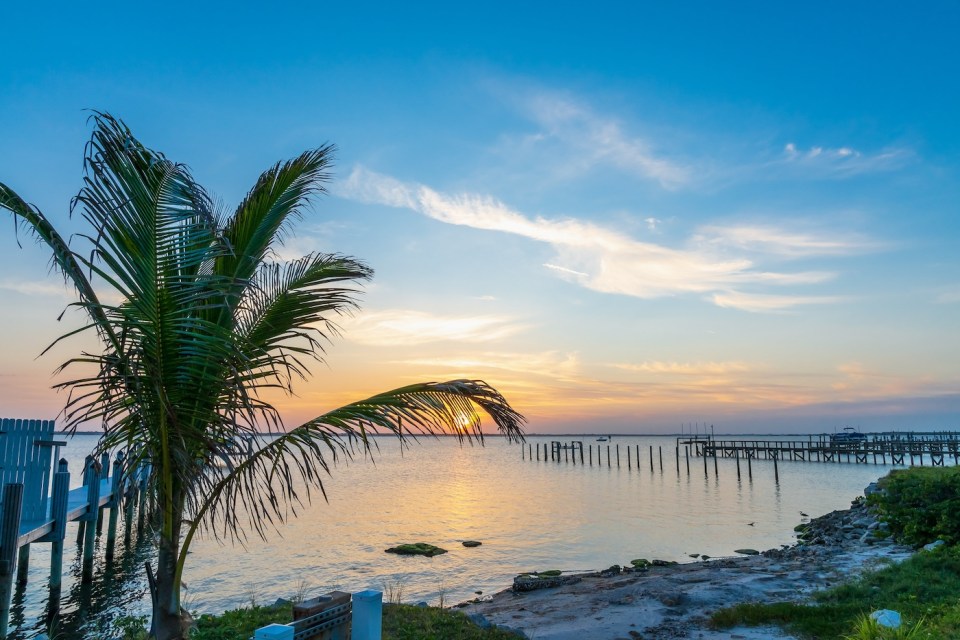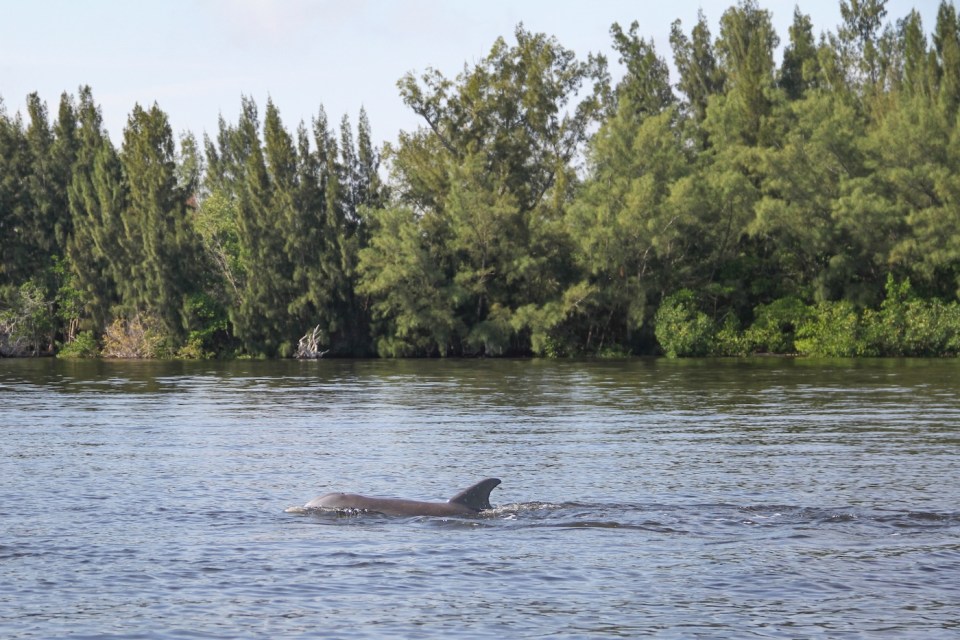Ever wished to travel to a place teeming with life yet somewhere not too far from the cozy suburbs? Florida’s Indian River Lagoon might just be the spot you’re looking for! This estuary system stretches along 40% of Florida’s east coast and is home to various flora and fauna you can witness for yourself. (1)
It deserves its nickname ‘the lifeblood of Florida,’ and you also deserve to visit this rich ecosystem. Want to know more? Keep reading to get a broader look at the Indian River Lagoon and its wildlife, and maybe plan a trip here soon.
A Lagoon Unlike Any Other
When checking the map of the Indian River Lagoon, the first thing you might notice is the long strip of land some miles away from the coast. This island acts as a barrier between the ocean and the lagoon that stretches 250 miles. What you get from this is an exciting and diverse habitat for Indian River Lagoon animals that thrive in freshwater, saltwater, or brackish water.
Lush seagrass meadows sway in the Indian River Lagoon’s currents, while mangrove forests act as natural flood barriers. Here, you’ll also find oyster reefs that do their double duty of filtering the water and serving as homes for plenty of different fish species.
A Haven for Diverse Life
If you could refer to the Indian River Lagoon with one word, let it be the Greek word ‘zoophoros,’ which means ‘bearing animals.’ That’s how well-known the lagoon is for its wildlife. Nearly 2,200 species of wildlife live here, including fish, birds, and plants. (2)
In the lagoon’s waters, you’ll find various species of underwater critters, from the Atlantic flyingfish to the little Blue-ringed seahare. This makes the lagoon a prime angling destination. Marine mammals like the Florida manatee can also be found here peacefully grazing seagrass. Meanwhile, a survey has shown that around 1,032 Bottlenose dolphins make the lagoon their home, too. (3)
The Indian River Lagoon is a fantastic spot for birdwatchers to spot sea-loving avian species such as pelicans and Roseate spoonbills. Up in the sky, expect to see a diverse population of other birds, too. You might even find an elusive and majestic bald eagle soaring overhead and possibly diving into the water to catch a meal.
Don’t forget the…
Click Here to Read the Full Original Article at Unusual Places…

